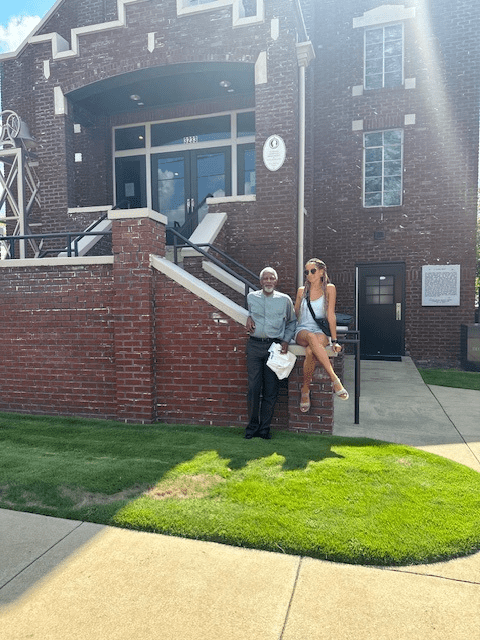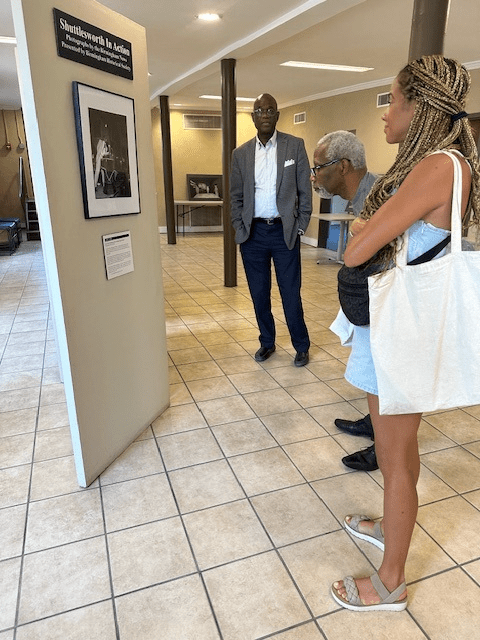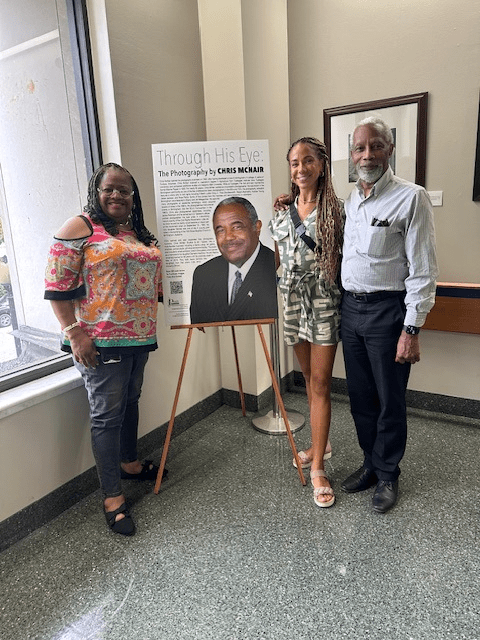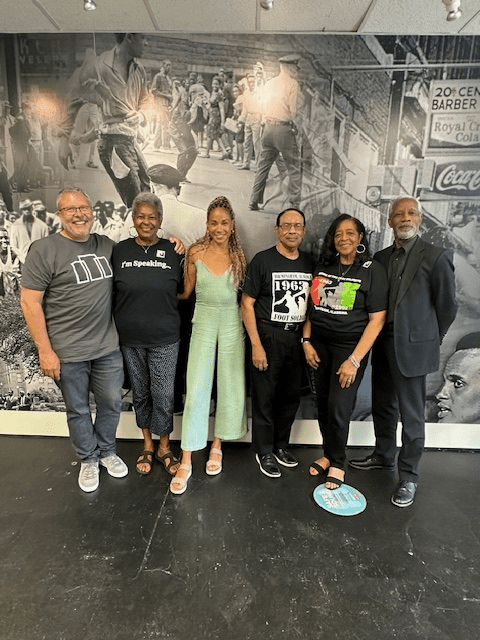Recently, the Greater Birmingham Convention & Visitors Bureau hosted journalist Natalie Preddie and her father (pictured above) in Birmingham to experience the 60th commemoration of the Civil Rights Movement. Their trip was about immersing themselves in the culture, 𝘧𝘪𝘯𝘥𝘪𝘯𝘨 𝘵𝘩𝘦𝘮𝘴𝘦𝘭𝘷𝘦𝘴 in the history. In her words, they visited to “confront a painful history and find the Black joy that still shines through.”
This is their powerful story.
Original article written by Natalie Preddie for ELLE Canada
When my father was an eight-year-old in Jamaica, my grandmother opened the newspaper one day to images of children being attacked by dogs and sprayed by firehoses in Kelly Ingram Park during the now famous Children’s Crusade of 1963 in Birmingham, Ala. Under the direction of Southern civil rights leaders, more than 5,000 Black children marched for racial equality in one of the most successful peaceful protests in history. The Children’s Crusade was part of a series of marches that aimed to bring national attention to calls for desegregation and eventually prompted President John F. Kennedy to publicly support the groundbreaking Civil Rights Act of 1964. In Birmingham alone, the protest helped lead to the desegregation of lunch counters, restrooms and businesses.
“Never go here!” my grandmother directed my father upon seeing the news. Terrified by images of countless angry white men, he swore that he would never venture into America’s Deep South. “And for over 60 years, I kept that promise,” he tells me as we sit on a wooden pew at 16th Street Baptist Church in the heart of Birmingham. It was here that, more than six decades ago, the Ku Klux Klan murdered four little girls by planting a bomb metres from where we are now. Time stands still as we inhale a weighty pause.
We are touring Birmingham, which was the centre of 1963’s civil rights activity and where monumental events changed the future of Black people not only in the U.S. but worldwide too. Being Black means my father has experienced a lifetime of being judged by and discriminated against for the colour of his skin. This has bred within him a distrust of the world, something he has passed on to me and my siblings. Now, he is facing the many visceral fears Black men experience during our journey through the South—a trip made possible by the incessant nagging of a daughter who wants to show him that there is joy to be found beyond the angst and pain.
It’s not my first time in Alabama. I visited in 2021 as part of a group tour of the U.S. Civil Rights Trail, which is a collection of sites—stretching from Washington, D.C., to Louisiana— that were integral to the movement. After visiting spots like the Edmund Pettus Bridge in Selma (where many peaceful Black protesters were violently attacked while trying to cross toward the state capital), the Tuskegee Airmen base (where a group of Black airmen and military members joined the fight in the Second World War) and multiple churches that served as bases for protesters, I was filled with immense pride in my Blackness. The constant fear and distrust I’d inherited as a biracial woman dissipated as I found comfort in Alabama’s welcoming and inclusive Black community. I was so inspired by the enduring power, fellowship and infectious enthusiasm for life that I wanted to share this Black joy with the world—and, more importantly, my father…
CLICK HERE to read Preddie’s full, powerful article at ELLE Canada.
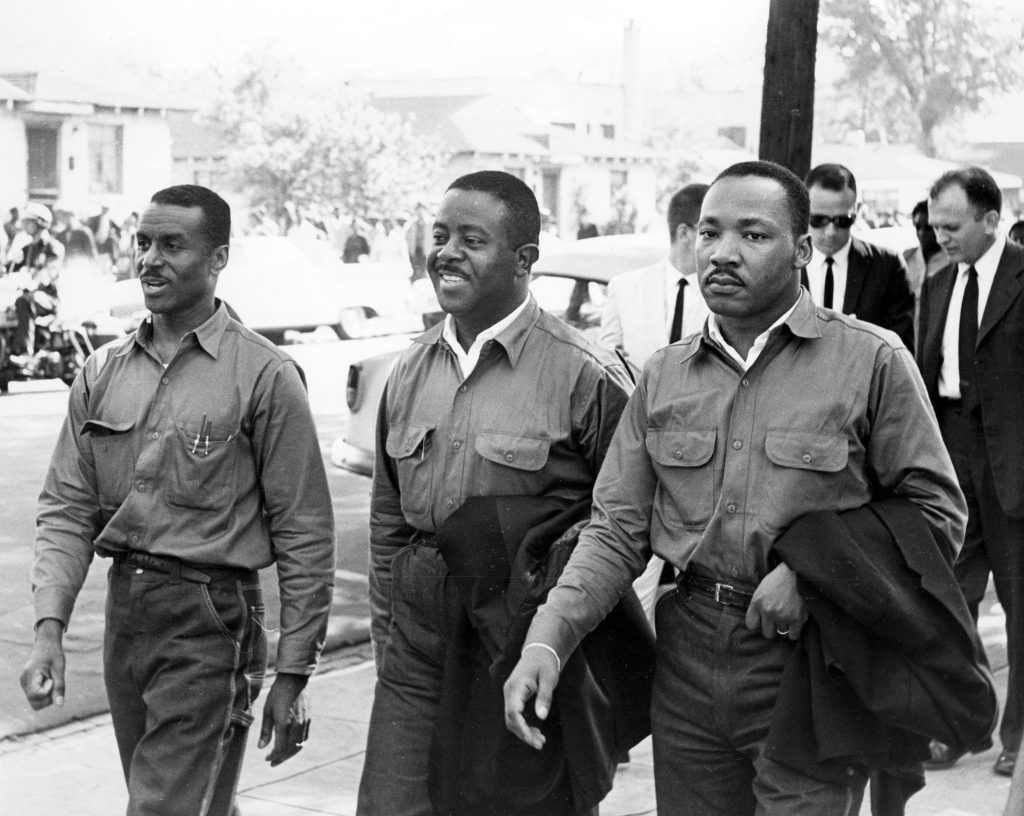

WALK IN THE FOOTSTEPS. BE IN THE MOMENT.
Discover events that changed the world and experiences that inspire.
Plan your visit to Birmingham today to learn more about the Birmingham Civil Rights Movement.








